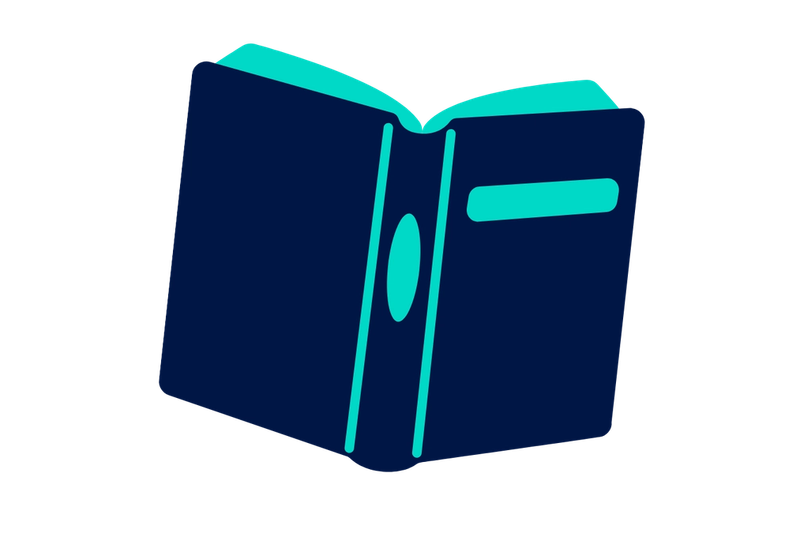In this blog, we’ll be discussing the inherent challenges that schools face, and how Bedrock’s platform provides a unique solution to these challenges. In part two, we’ll break down how Bedrock is underpinned by research, informing how it minimises cognitive load to maximise learning. We’ll also provide you with some simple tools to use in the classroom to support your own vocabulary teaching.
Let’s face it: thinking is a chore
Daniel Willingham’s aptly named ‘Why Don’t Students Like School?’ has paved the way for us to remind ourselves of the excruciating feeling of having to learn things for the first time- especially in many subjects that may not hold any interest whatsoever for us. Of all his soundbites, this is my favourite:
“Thinking is the hardest work there is, which is the probable reason why so few people engage in it.”
But when revisiting his brilliant work, I was reminded of something else: whilst thinking is somewhat of a chore for us, it seems we’re rather more evolved to be good pattern spotters. It’s probably why we have a predisposition to pre-judge, stereotype and form opinions quickly: it cuts out the difficulty of actually thinking to arrive at the most accurate place. As Mary Myatt has asserted- the human mind privileges story and narrative. This is why the shift towards curriculum intent and implementation has been one of the more welcome aspects of the education sector in recent years.
The scale of the problem that schools face
Terms such as ‘Matthew Effect’ and ‘vocabulary gap’ are part of lots of schools’ consciousness now; and when we look at the data, fears are often confirmed around more vulnerable cohorts of learners. Added to this, research tells us about the declining attitudes to reading among young people, and the worrying declining reading ages of learners by the age of 16. Unsurprisingly, when we speak to schools, their motivations are almost always linked to these issues.
Learners need to add around 3000 words per year to their vocabularies in order to achieve academic success, and when you try to find some synergy between this research, the chaos of learning and the unpredictability of learners’ lives, starting points and motivations, the scale of the challenges that schools face can feel unsurmountable.
The Bedrock Solution
The Bedrock Core Curriculum features our vocabulary and grammar teaching. Our tier 2 vocabulary curriculum is entirely adaptive from start to finish: learners begin with a short test that places them in one of our blocks, directly identifying where their tier 2 vocabulary gaps are. Even after being placed in a block, the platform can move learners around the blocks, adapting to their performance. Within the blocks, our powerful algorithm will re-teach concepts that learners are struggling with, whilst also recapping words that they may have previously answered correctly: no stone is left unturned. Not only this, but our reporting enables teachers to swiftly identify trends in vocabulary gaps on the level of the learners and the class, again informing purposeful planning.
Our mastery based grammar curriculum also gives teachers crucial diagnostic information about the gap in their learners’ grammar knowledge, giving them real-time information to inform their planning.
Things become even more exciting when we begin to place the power of our adaptive algorithms into the hands of the teacher with Mapper- our disciplinary literacy platform. In essence, teachers have a repository of over 37,000 words to select, sequence and serve to their learners and not only is this self-marking, but it provides real-time feedback about the emerging gaps in learners’ knowledge.
But in order to truly understand how Bedrock aligns itself with cognitive science, we need to explore the research further.
Powerful context
Willingham also explores the important role of context when it comes to learning. Even after a learner is placed in the most appropriate block for them, let’s look at the journey of a word:
Barak Rosenshine’s Principles of Instruction give us clear guidance here. Perhaps most importantly:
- Providing scaffolds for difficult tasks: learners are given digestible definitions (also narrated) before being guided with comprehension, synonym and antonym, deeper thinking and independent writing tasks. In our grammar platform, the mastery-driven sequence of tasks means that learners only encounter concepts once they have mastered the knowledge required to access those tasks. For example, they will not learn about compound sentences without first understanding what an independent clause is.
- Opportunities for monitored independent practice: the vast majority of tasks are self-marking and give teachers the powerful knowledge they need in order to address their learners’ knowledge gaps, but the platform also provides opportunities for independent written tasks that are stored in their knowledge organisers to easily be accessed and checked.
- Recapping and reviewing regularly: again, the AI driven algorithm adapts to pupils’ responses, meaning that knowledge gaps are targeted and given the most attention.
Critical thinking and powerful knowledge
Very early in my career, I remember asking why pupils in younger years were practising GCSE style questions across the curriculum. The response (which I felt was fair enough at the time) was around practice and repetition. But I wish I knew then what I know now. E.D Hirsch says it best:
“Learning builds on learning: children (and adults) gain new knowledge only by augmenting what they already know.”
In other words- simply practising the end point is futile. We need to provide structured, scaffolded building blocks for learners to assimilate concepts so that they can use them independently. At Bedrock, not only do we celebrate the enormity of the task we are tackling in terms of vocabulary and grammar gaps, but we also celebrate the diverse cultural capital of the fiction and non-fiction texts that learners encounter when they engage with the platform. As you’ve seen above in terms of a word journey in our platform, we’ve thought deeply about how learning happens- and we don’t stop there! Not only is this about making the learning of words and grammatical concepts easier for learners, but it’s about the democratisation of knowledge. For so long, it seemed as if the two were mutually exclusive - and perhaps even at odds with one another. Bedrock proves that this isn’t the case.
When we start to assess this in the context of Mapper, we should reflect upon how we can celebrate teachers being placed at the heart of this. Mapper takes everything that is powerful about our Core Curriculum, and allows teachers to reflect upon their own relationships and narratives within the topics they are teaching. This strikes at the very heart of why we, as teachers, came into the profession: to share the love of our subject with other people. Whatsmore, we’re giving teachers live feedback about where their learners might be struggling to assimilate the information.
In part 2, we’ll look further into cognitive load theory, sequencing and the importance of consistency in learning (and how Bedrock supports this). But for now, it’s important to know that although the challenge is sizable, we’re here for schools and learners to give them everything they need to succeed.





